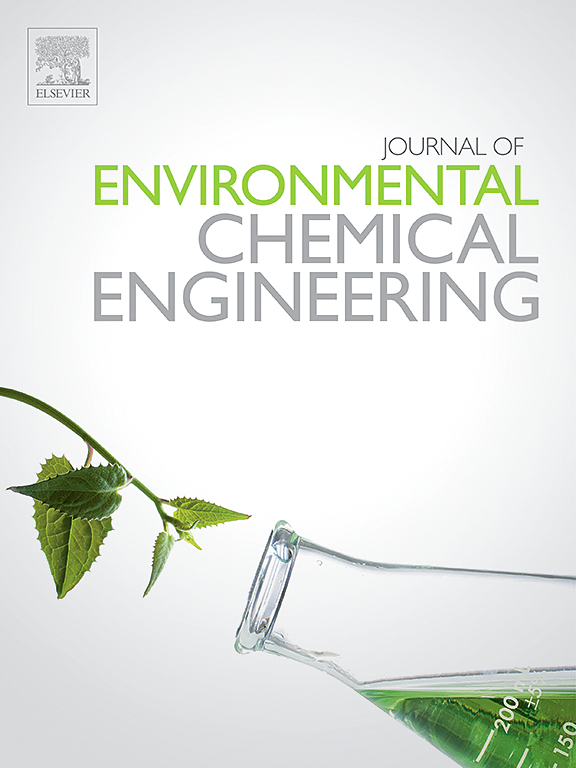塑料污染物:从废物到燃料和高价值化学品
IF 7.4
2区 工程技术
Q1 ENGINEERING, CHEMICAL
引用次数: 0
摘要
每年,大量的塑料制品在世界范围内被广泛使用和丢弃,造成了严重的塑料污染,污染了土壤、空气和水源。虽然太阳能可以帮助塑料的可持续降解,但这个过程需要时间,并且会释放出污染食物和水循环的有害化学物质。本文综述了现有的传统方法和新兴的太阳能驱动催化塑料降解工艺。讨论了传统的方法,如热解、催化裂化、氢解和电催化,重点是对更可持续的方法的要求。本文特别强调了如何在中等条件下通过激活化学键来提高催化潜力,从而通过光催化升级回收产生增值产品。光催化升级回收作为一种可持续的方法,已被探索用于利用废塑料基材制氢和生产增值化学品,标志着“垃圾中的宝藏”。确定了采用和扩展这些技术的主要障碍,以及对未来研究方向的建议,以提高升级回收技术的有效性。本文章由计算机程序翻译,如有差异,请以英文原文为准。
Plastic pollutants: From wastes to fuels and high-value chemicals
Every year, a large number of plastic products are used extensively and discarded worldwide, causing severe plastic pollution that contaminates the soil, air, and water supplies. While solar energy can help in the sustainable degradation of plastics, the process takes time and releases harmful chemicals that contaminate the food and water cycles. This review examines existing conventional methods and emerging processes for solar-driven catalytic plastic degradation. Conventional methods, such as pyrolysis, catalytic cracking, hydrogenolysis, and electrocatalysis, are discussed, focusing on the requirement for a more sustainable approach. In particular, this review highlights how the catalytic potential can be enhanced by activating chemical bonds to yield value-added products by photocatalytic upcycling under moderate circumstances. Photocatalytic upcycling, as a sustainable approach, has been explored for hydrogen production and the production of value-added chemicals using the waste plastic substrate, signifying “treasure from trash”. The key obstacles to the uptake and expansion of these technologies are identified, along with recommendations for future research directions to improve the effectiveness of upcycling techniques.
求助全文
通过发布文献求助,成功后即可免费获取论文全文。
去求助
来源期刊

Journal of Environmental Chemical Engineering
Environmental Science-Pollution
CiteScore
11.40
自引率
6.50%
发文量
2017
审稿时长
27 days
期刊介绍:
The Journal of Environmental Chemical Engineering (JECE) serves as a platform for the dissemination of original and innovative research focusing on the advancement of environmentally-friendly, sustainable technologies. JECE emphasizes the transition towards a carbon-neutral circular economy and a self-sufficient bio-based economy. Topics covered include soil, water, wastewater, and air decontamination; pollution monitoring, prevention, and control; advanced analytics, sensors, impact and risk assessment methodologies in environmental chemical engineering; resource recovery (water, nutrients, materials, energy); industrial ecology; valorization of waste streams; waste management (including e-waste); climate-water-energy-food nexus; novel materials for environmental, chemical, and energy applications; sustainability and environmental safety; water digitalization, water data science, and machine learning; process integration and intensification; recent developments in green chemistry for synthesis, catalysis, and energy; and original research on contaminants of emerging concern, persistent chemicals, and priority substances, including microplastics, nanoplastics, nanomaterials, micropollutants, antimicrobial resistance genes, and emerging pathogens (viruses, bacteria, parasites) of environmental significance.
 求助内容:
求助内容: 应助结果提醒方式:
应助结果提醒方式:


